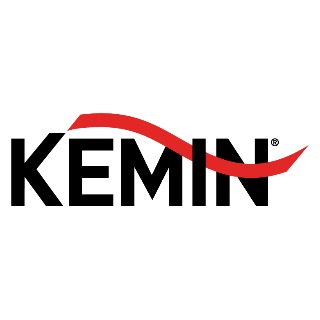
Sow mortality: When and where? (2/2)
To reduce mortality, it is essential to diagnose the causes. To do so, we must answer four basic questions: how, who, when, and where? In this article, we'll address the latter two.
The pig sector events all around the world
Weekly newsletter with all the pig333.com updates
Swine industry news in your email
Pig health: news and articles on PRRS, PCV2, biosecurity, etc, Pig disease guide, atlas of pathology, clinical cases…
Biocheck.UGent is an independent, risk-based, scientific scoring system for assessing the quality of your on-farm biosecurity.
A visual and practical step-by-step guide on how to perform a necropsy on a pig.
All the information about ASF: how to recognize the disease, how it is transmitted, pictures of lesions, latest news, guides, etc.
All the information on Foot and Mouth Disease in pigs: how to recognize the disease, how it is transmitted, images of lesions, latest news, guides,...
Description of the most important diseases and conditions in pigs
Images of major swine diseases
Pig disease diagnostic tool
Definition for the most commonly used pig terms
Simulator that calculates the amount of drug to add to the water when using a flow dispenser.
Weekly newsletter with all the pig333.com updates
Pig Prices by countries. Pork production and trade. News of the pig market and the raw materials
The latest slaughter pig prices in the most important pig markets. Check the evolution of the historical prices in charts and in several currencies.
Latest quotations for the main commodities used in pig feed. Historical graphs with the pig price and estimated feed price.
Figures & trends in pig numbers, pork production and pork trade.
Global production and trade data for the most important raw materials
Weekly newsletter with all the pig333.com updates
Articles on nutrition and pig feeding, characteristics of raw materials and additives for pig feed. Prices of raw materials
Latest quotations for the main commodities used in pig feed. Historical graphs with the pig price and estimated feed price.
Technical sheets of the main raw materials and additives used in swine feed. They include a comparison of nutritional values from various sources, product
Global production and trade data for the most important raw materials
Definition for the most commonly used pig terms
Use this tool to diagnose problems with the feed conversion ratio. Click on the flowchart or on the buttons within the text to navigate through the different parts of the tool.
A biweekly newsletter with the latest developments in swine nutrition
Articles on genetics and pig reproduction: genetic improvement, genomics, artificial insemination, use of hormones
Compare production data, calculate the number of sow, nursery, and finishing spaces, and visualize your tasks on the work schedule by type of BMS.
Tool that allows you to calculate the replacement rate in your farm
Definition for the most commonly used pig terms
Use this tool to find out why your farrowing rate is less than ideal. Click on the flowchart or on the buttons found within the text to navigate through the different parts of the tool.
Weekly newsletter with all the pig333.com updates
Management, pig farm management, work planning in each production stage: management in gestation, grow finish, batch farrowing
Compare production data, calculate the number of sow, nursery, and finishing spaces, and visualize your tasks on the work schedule by type of BMS.
Tool that allows you to calculate the replacement rate in your farm
Definition for the most commonly used pig terms
Weekly newsletter with all the pig333.com updates
Design of facilities and equipment for pig farms: building design, climate control, feeding systems, etc.
Biocheck.UGent is an independent, risk-based, scientific scoring system for assessing the quality of your on-farm biosecurity.
Environmental Footprint Calculator along the pork value chain.
Definition for the most commonly used pig terms
Simulator that calculates the amount of drug to add to the water when using a flow dispenser.
Use this tool to explore which slurry management strategy best fits your situation. Click on the flow chart or on the buttons within the text to navigate through the different parts of the tool.
Weekly newsletter with all the pig333.com updates
What makes us stand out is the quality and independence of our contents. Find out about the authors who make it possible. Our goal is to generate a virtual community of advanced users in the sector.

He was born in Barcelona in 1963, obtained his degree in Veterinary Medicine from the University of Saragossa (Spain) in 1986, specializing in Animal Production. In years 1990 and 1991 he lived in Great Britain, Holland, Germany, Denmark, and USA, studying and practising with specialists in the swine sector.
In year 1991 he founded the swine consultancy B&M c.v.p. together with his partner José Barceló, and in 1995 the consultancy expanded with a new partner: Miquel Collell. In 2006, together with Miquel Collell, and through MARCO I COLLELL SL, he continued offering his consultancy services: control and diagnosis of diseases, production control and farm management, epidemiology, environmental control, biosafety, and human resources. Among his clients we find genetics companies, large companies (10,000-30,000 sows), cooperatives, independent producers, Veterinary Medicine faculties, pharmacological companies, feed mills, and international organizations, and since December 2012 he does this through his own company: MARCO VETGRUP SL.
Enric Marco is a member of different professional associations (Veterinarians’ Official College of Barcelona, Pig Veterinary Soc., ANAPORC, Member of the Scientific Committee of the Swine Pathology and Production MSc degree organized by the Veterinary Medicine Faculty at the Autonomous University of Barcelona), he has published articles in several specialized magazines and has held several conferences at a national and international level).
Updated CV 06-May-2015

To reduce mortality, it is essential to diagnose the causes. To do so, we must answer four basic questions: how, who, when, and where? In this article, we'll address the latter two.
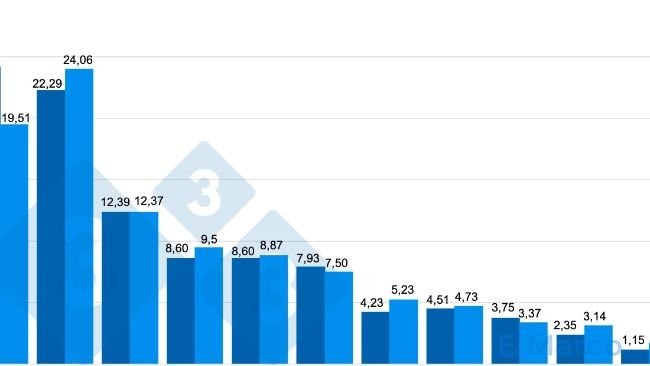
To reduce mortality, it is essential to diagnose the causes. To do so, we must answer four basic questions: how, who, when, and where? In this article, we'll address the first two.
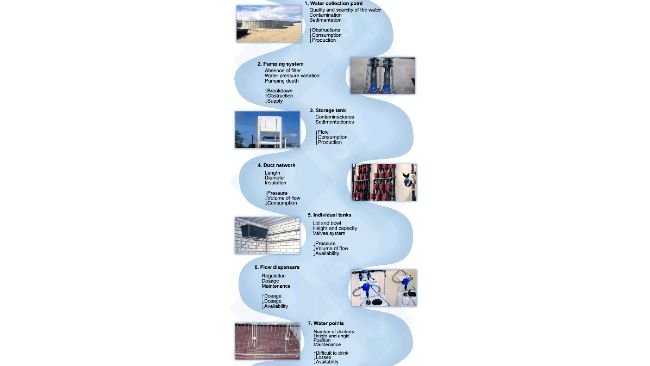
The knowledge and the experience of the veterinarian are important, but not enough. The most valuable information will be provided by the farmer, because they know their pigs and many details that the veterinarian may not see or know.
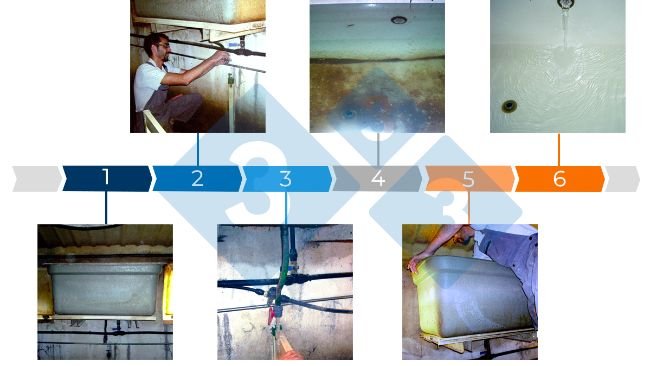
Many times we become surprised when we see the contents that come out of the pipes when we empty them out for the first time...
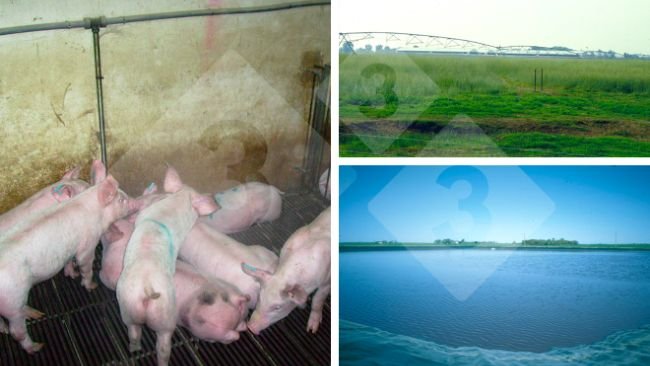
We must assure correct management, primarily in the following points: Number of animals / drinker, placement, flow, control of water consumption, design and height of the drinker.
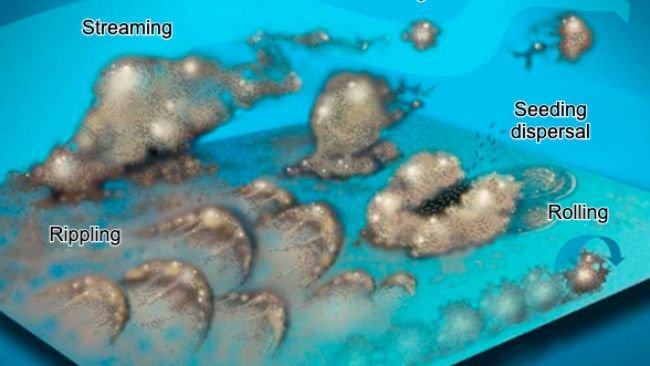
A commercial product is formed by a combination of the active ingredients and excipients. The active ingredient is the compound with therapeutic properties and the excipient is what is added to transform the active ingredients into a combination suitable for administration.
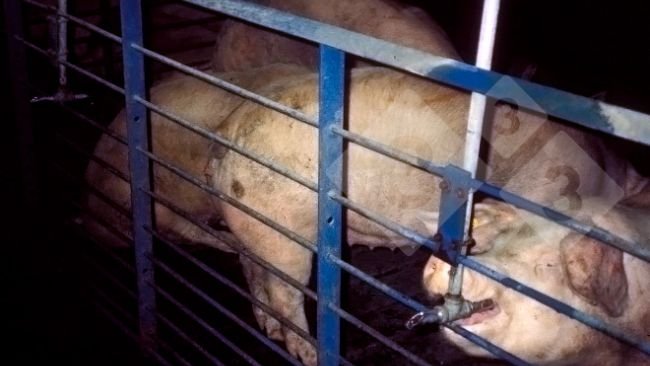
Knowing the pattern of pig drinking behavior is essential for effective treatments.
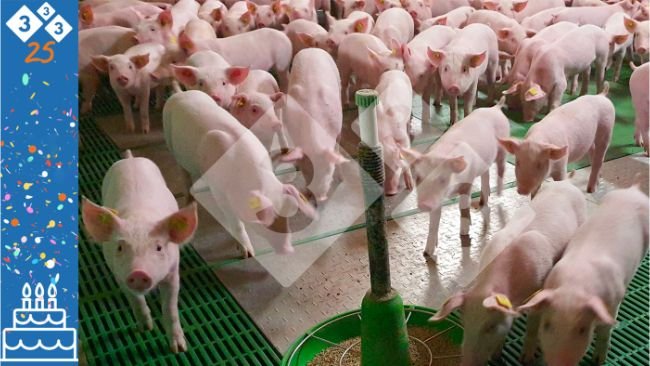
Enric Marco examines the reasons why the average age at weaning has not yet reached 28 days in Spain.
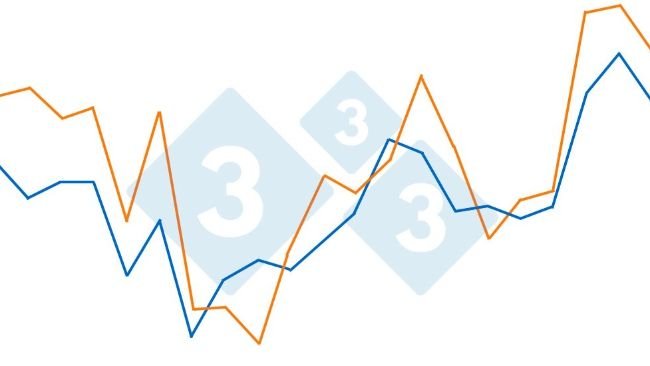
We must know the environmental conditions to be able to correctly estimate water consumption.
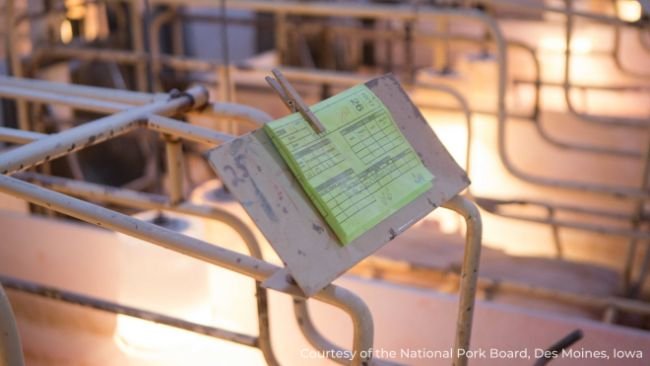
A systematic review evaluating the effects of inducing farrowing on stillbirth rate, birth weight, preweaning mortality, weaning weight, farrowing duration, and colostrum and milk characteristics.
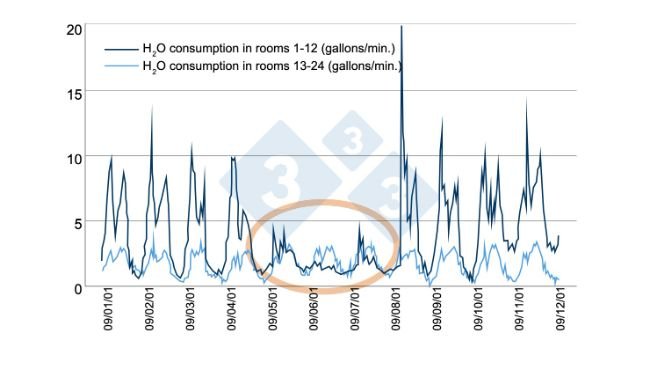
Upon medicating water, the doses should be repeated with a time interval that prevents plasma levels from dropping below the minimum effective concentration and exceeding the toxic concentration.

Medicating water using a tank is an easy and flexible method used to administer drugs, but it can be imprecise if the products we use aren’t totally soluble.
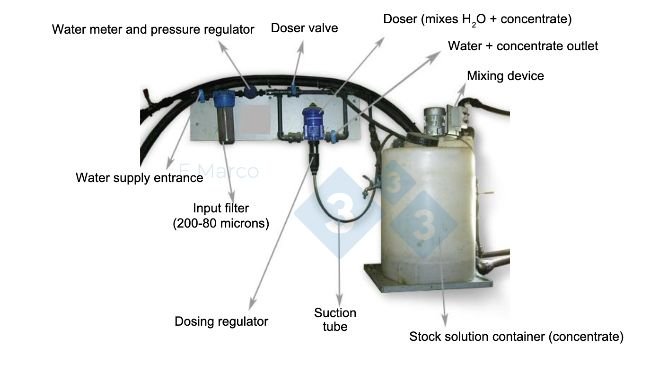
You can also facilitate your work using our Water Medication Calculator to perform the calculations.
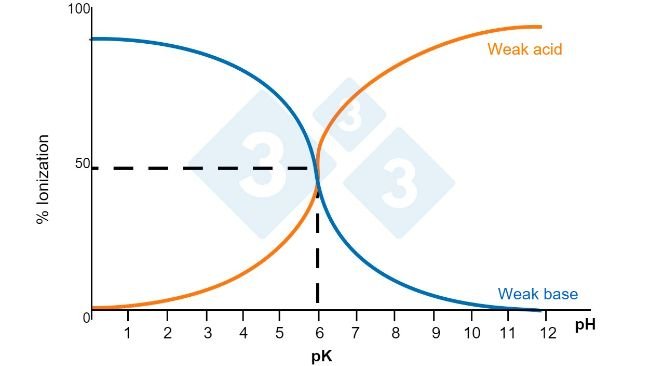
Are you aware that using certain medications in acidified water may limit their efficacy? Do you know the pH of the water before starting a medication in water?
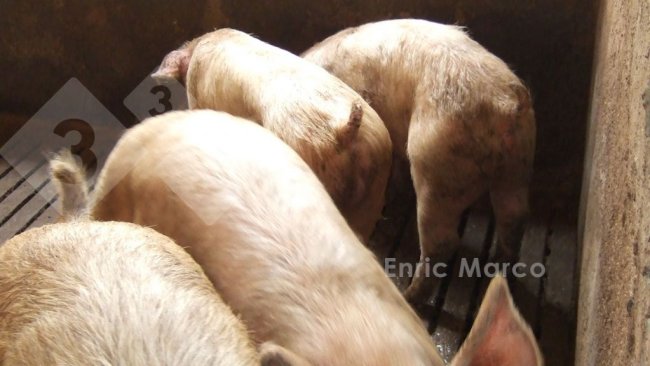
What causes can lead to increased feed conversion ratio and mortality with worsened average daily gain?

What can produce an increase in the feed conversion ratio and mortality without affecting average daily gain?
Welcome to 333
Connect, share, and interact with the largest community of professionals in the swine industry.
Celebrating 195501Users on 333!
Sign upAlready a member?





